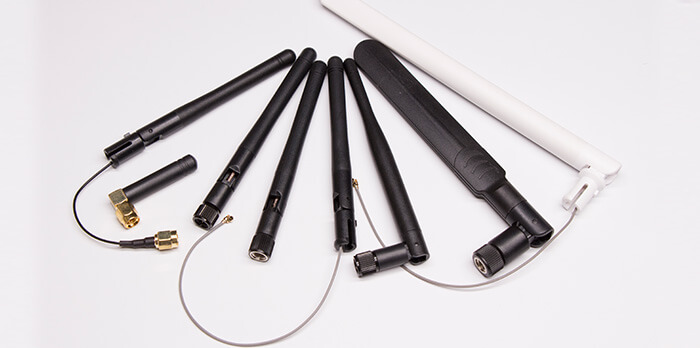Development Trend and Application of Gallium Nitride
Global consumers are pursuing innovative electronics and want products that are smaller, lighter and more energy efficient. The development of GaN technology can meet these needs while providing extraordinary speed, innovation, and a new generation of GaN devices with faster switching, smaller, more energy-efficient and lower cost.
The new GaN material injects new life into the current solution, reviving Moore’s Law, replacing current silicon devices and opening up unexpected new applications for the industry, creating and opening up new areas for everyday life. These new applications include 5G wireless communications, wireless power delivery, virtual reality glasses, fully automated vehicles and advanced medical technologies such as wireless heart pumps.
Compared to silicon devices, since gallium nitride crystals have stronger chemical bonds, they can withstand electric fields many times higher than silicon devices without crashing. This means that the distance between the individual electrical terminals of the transistor can be shortened by a factor of 10. Achieve lower resistance losses and electronic with shorter conversion times. In general, GaN devices offer faster switching, lower power loss, and lower cost advantages.
A superior power device must have the following characteristics: the device needs to have lower conduction loss and lower impedance; the switch must be faster and have lower losses in hard switching applications such as buck converters; lower capacitance, Less charging and discharging losses; the driver uses less power; the device is smaller and has lower thermal resistance.
A new field of power devices. In terms of resistance, EPC has previously connected a gallium nitride field effect transistor (eGaN FET) in a DC/DC converter to achieve higher output current. Compared to second-generation GaN devices, fourth-generation eGaN FETs can significantly reduce impedance, allowing eGaN FET-based DC/DC converters to have higher current and higher power density.
Most importantly, the eGaN FET can be cooled on both sides to further improve its heat dissipation efficiency. As for the thermal resistance from the junction to the case (RΘJC), in addition to the 30 V MOSFET with thermal resistance comparable to that of the eGaN FET, the eGaN FET has unmatched heat dissipation at higher voltages.

There are already many applications that use eGaN FETs and use it to develop new applications. Four applications have already taken up half of the potential market: wireless power delivery, LiDAR, peak tracking, and DC/DC 1/8 brick converter applications.
As wireless data is increasing, advanced technology is needed to put more data bits into each RF channel. This technique increases the peak/average power ratio (PAPR) of the power amplifier. Peak tracking technology enables the power amplifier to achieve maximum efficiency in systems with high PAPR ratios.
In a system that uses peak tracking, a high-frequency DC/DC peak-to-track converter replaces the battery or static DC/DC converter to track the peak signal, providing the required voltage to the power amplifier, which doubles system efficiency. There are many different ways to achieve peak tracking but the same purpose, so that the power converter can work at ultra high frequency, for example, the 20 MHz bands is required to efficiently track 3G signals.
eGaN FETs are smaller and more efficient than advanced silicon-based MOSFET devices. To show how it can achieve higher power density, lower cost, and higher efficiency, EPC has designed a fully regulated, isolated 1/8 brick converter.
A full-bridge converter based on GaN devices, traditional hard-switching, fully regulated, and center-tapped secondary windings. The best fully regulated 1/8 brick output power is 300 W, and the efficiency at full load is approximately 94.7%. With an eGaN FET design, the efficiency is 96.5% at 500 W achievable full load. At a flow rate of 400 LFM, the maximum temperature on the board is only 100 ° C, which is a transformer. The eGaN FET has a temperature of 91 ° C or less at 500 W output power.
GaN devices can improve other applications including improving the resolution of MRI imaging systems, making Class D audio amplifiers less expensive and at the same time providing higher sound quality (because eGaN FETs have fast switching performance), more energy efficient LED lighting systems and more Lightweight, fast-operating robot.
While GaN devices are entering the field of silicon devices, eGaN technology is evolving rapidly to meet the design needs of engineers, providing more efficient and superior performance devices. Price is the last barrier to block the popularity of GaN transistors that can replace silicon MOSFET devices, and prices have fallen. The performance and lower cost of GaN devices have enabled the trend and application of the previously impossible and continued to write the glory of Moore’s Law for the semiconductor industry.
From:http://www.hj-antenna.com/



Leave a Reply
Want to join the discussion?Feel free to contribute!